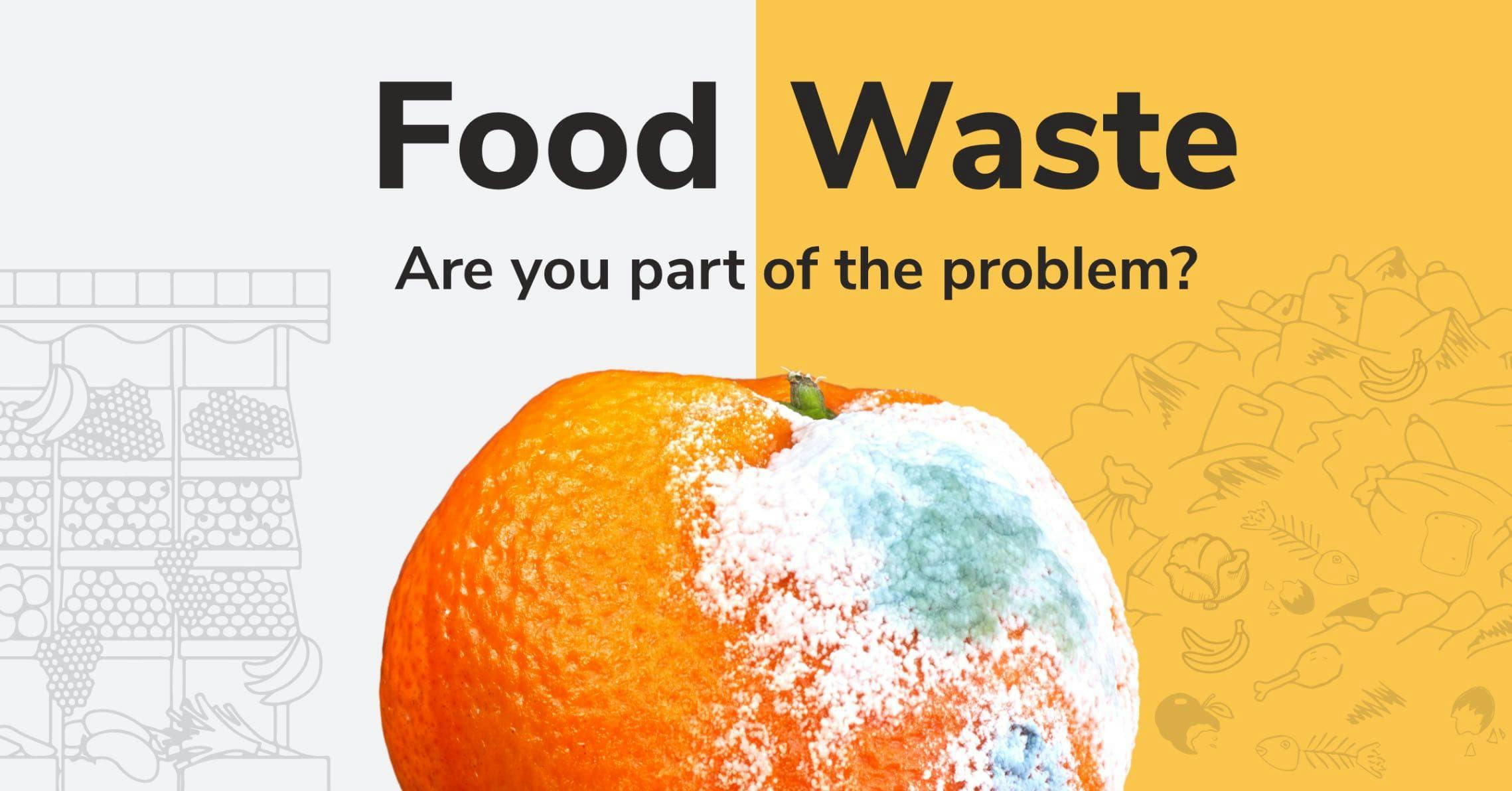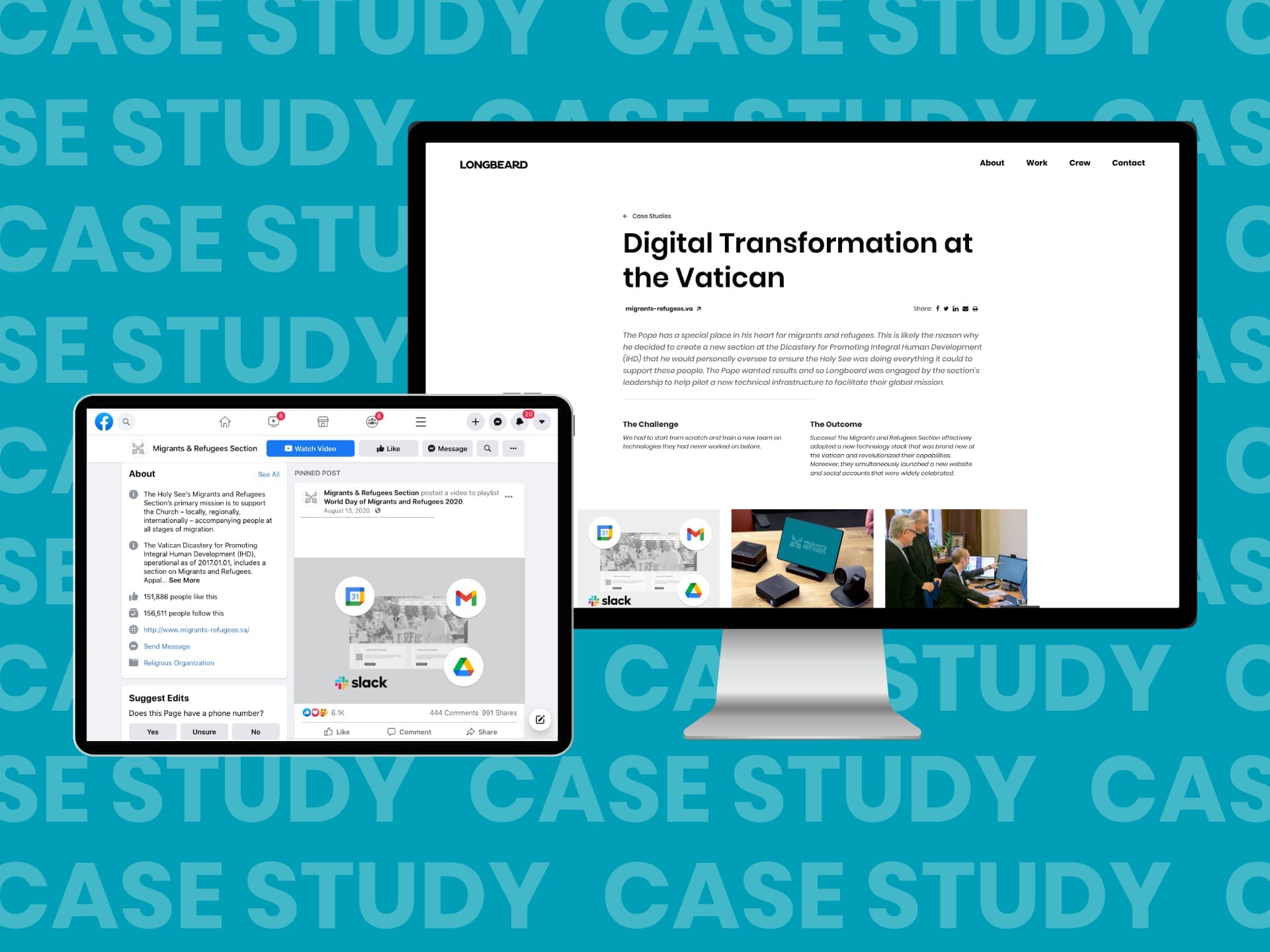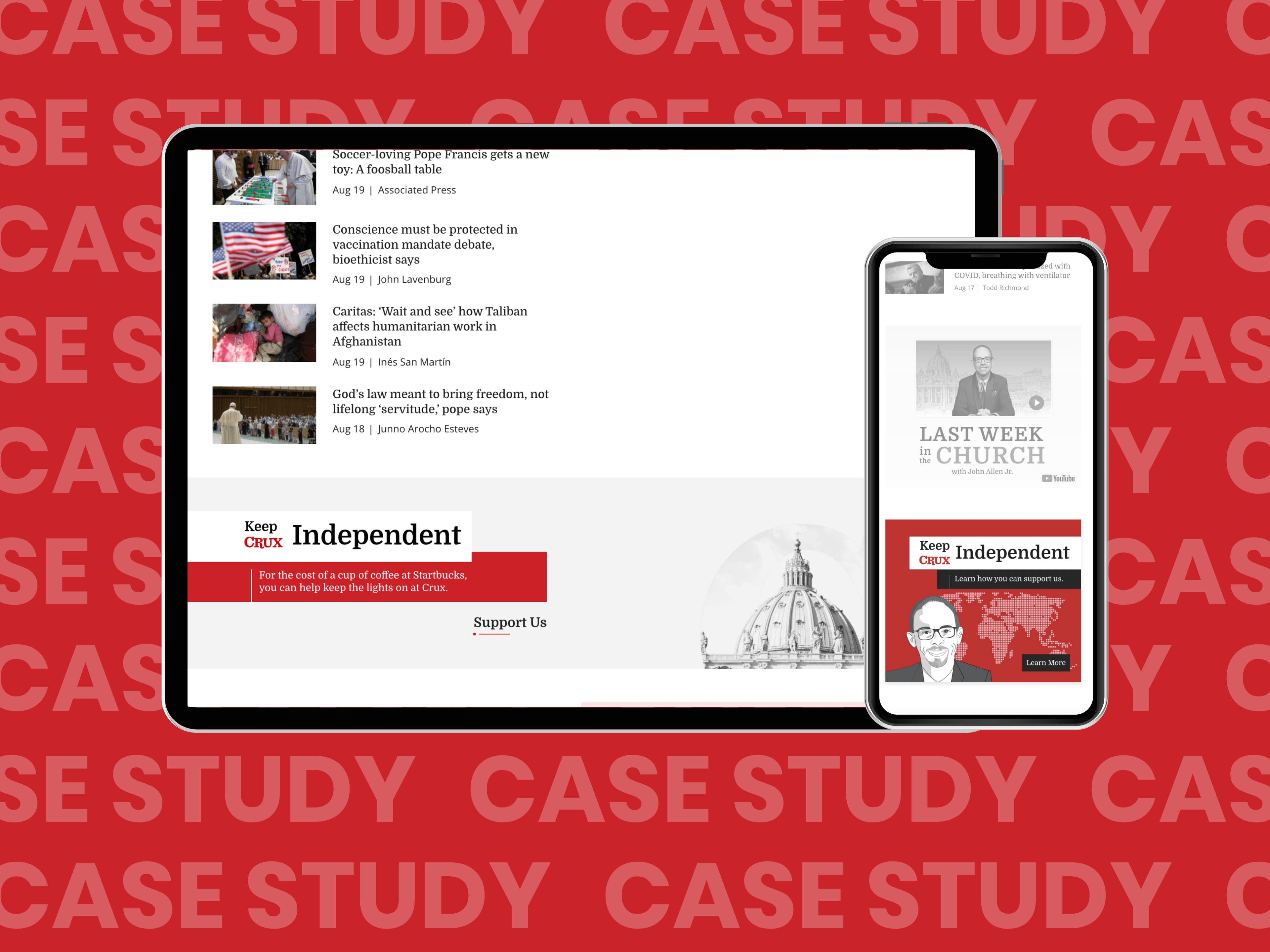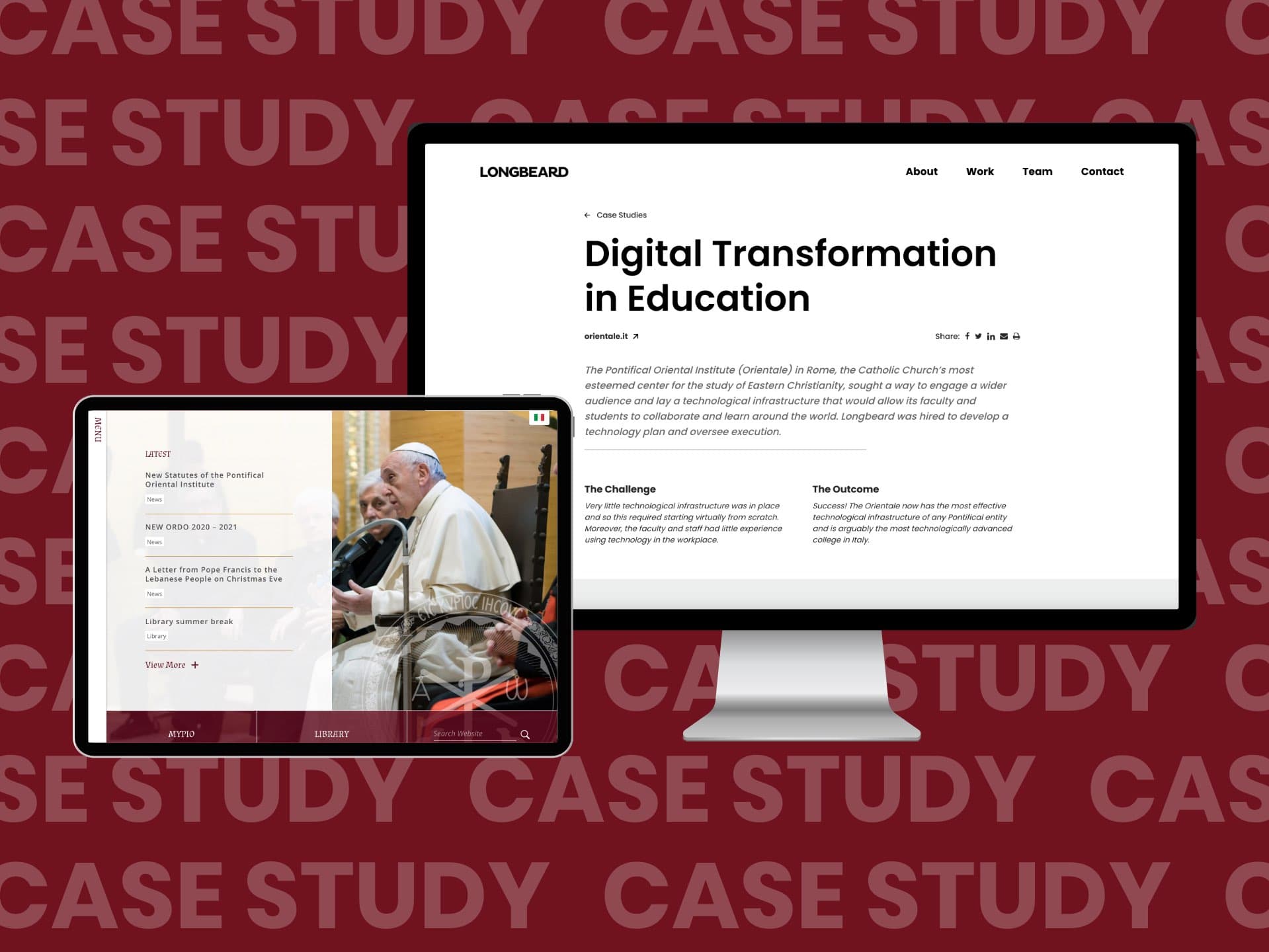Tackling Food Waste
Roughly 1/3 of the food produced for human consumption every year - around 1.3 billion tons and valued at $1 trillion USD - is wasted or lost. The Halcyon Movement hired Longbeard to devise a way to inform and activate people to do something about this.
The Challenge
Designing a vehicle to inform, convince, and encourage people to change their purchase behavior in order to reduce food waste.
The Outcome
Very encouraging! 92.4% of those surveyed stated they cared more about food waste after the survey and 90.5% said they would be willing to change their habits to reduce their waste.
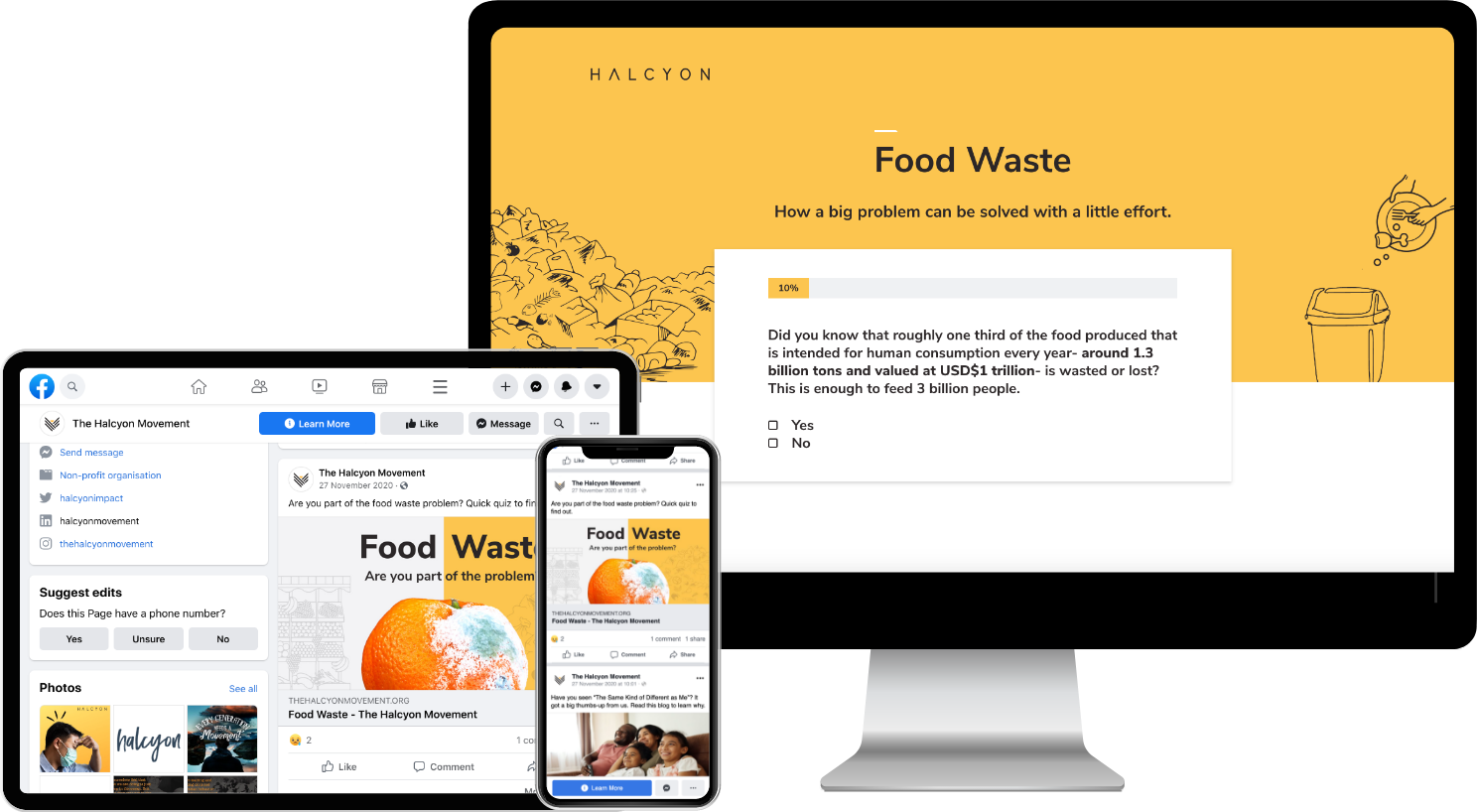
The Objective
Convince people to change their food purchasing behavior in order to reduce their food waste.
The Challenges
- Design. Designing a hook that would effectively grab the attention of users on their social feeds and convince them to visit our survey landing page.
- IQ. Knowledge on the topic of food waste was hypothesized to be low, necessitating us to educate users.
- Survey. Curating a survey that would appeal to users desire for self-knowledge while at the same time providing them the right facts to either create or alter an opinion on food consumption behavior.
- Toolkit. Identifying an attractive resource that could serve as a toolkit for people who want to take action and be part of the eliminating food waste movement. “

Confronting food waste is critical to the long-term viability of the human race. We needed messaging that would avoid the ‘boiling the ocean’ perception. Messaging that makes people think this issue is too big to solve or the mere responsibility of NGOs or governments.
Matthew H. Sanders
CEO, Longbeard
The Insights
- IQ. 62% of the facts presented on the food waste problem were unknown by the majority of respondents. Hence, respondents were significantly better informed after the survey.
- Demographics. People from Italy, Spain, Great Britain, and Poland were most engaged by the subject and were also most inclined to change their behavior. Europe is a substantial contributor to food waste, but not as much as North America. So, a win, but more work is needed to better engage the North Americans. Females 55+ constituted the majority of respondents.
- Costs. $0.16 was the average cost of driving someone to our survey landing page. We were able to get this as low as $0.13 by the end.
- Conversions. 64% of those who completed the survey went on to engage our 3rd party toolkit on how to reduce one’s food waste. So, the majority of those who made it to the end of the survey were convinced they had to take action.

Canada and the U.S. were ranked 5th and 6th in survey engagement. The team thinks this ranking is likely due to Facebook’s algorithm and not a reflection of North Americans' comparative apathy on the subject. We look forward to future experiments on this.
Matthew H. Sanders
CEO, Longbeard
The Outcome
- Changing Minds. 92.4% of respondents stated they care more about the food waste problem after what they've learned.
- Changing Behavior. 90.5% of respondents stated they would be willing to change their habits to reduce their food waste.
- Action. 64.8% of respondents who completed the survey accessed the post survey toolkit on how to reduce their food waste.

Longbeard is pivotal to our global efforts to inspire a virtuous civilization and promote the common good. Our recent campaign tackling food waste is yet another shining example of our global partnership with Longbeard. During the digital campaign, we educated people on the epidemic of food waste in the western world, the need to care about it, and take action because of it.
Timothy Jeffries
CEO, The Halcyon Movement
